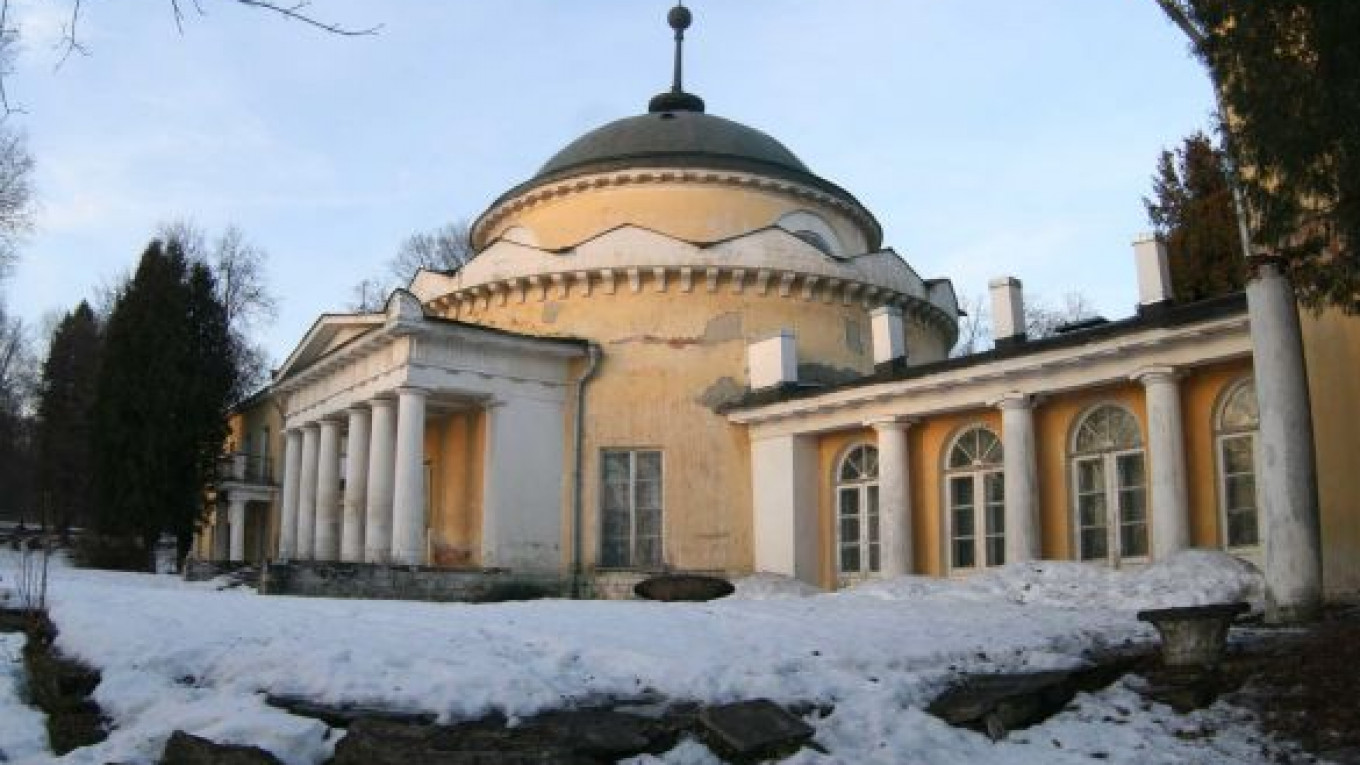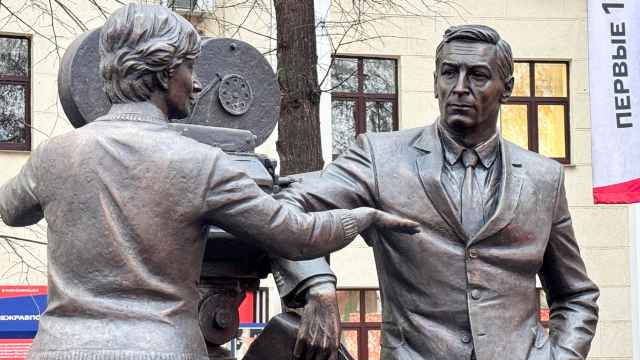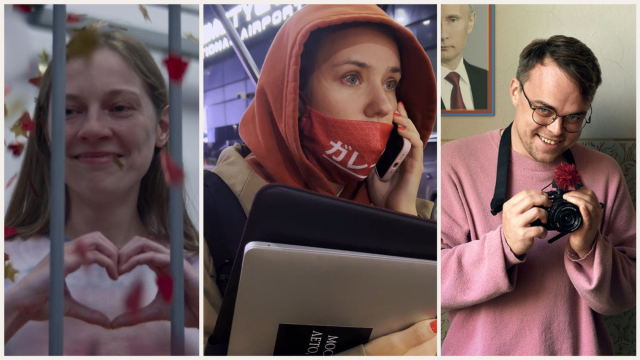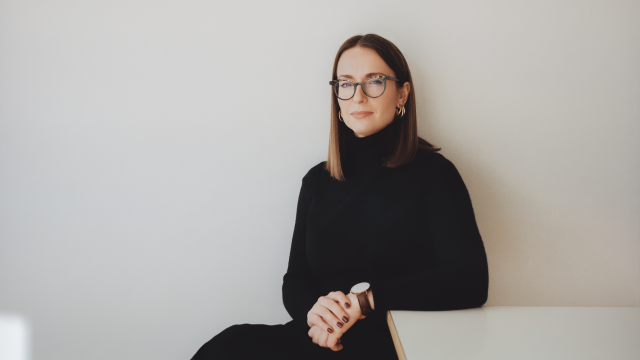An aviation museum, a cathedral that looks like a rocket and the Volkonsky Estate — spring is the time to visit the town of Zhukovsky and its surroundings.
Zhukovsky, which is located 40 kilometers southeast of Moscow, is a city of 100,000 that was founded in 1947. The city was named after aero- and hydrodynamics pioneer Nikolai Zhukovsky. Appropriately, it is the home of two major facilities for testing and designing aircraft, the Gromov Flight Research Institute and the Zhukovsky Central Aerohydrodynamic Institute.
The Museum of the History of the Conquest of the Sky explains that until World War I in Zhukovsky, there were tests of gliders that were able to lift and transport light BT tanks by air, although this technology did not achieve widespread use. Among the exhibits is the two-meter wooden aircraft propeller that Russian flying ace Pyotr Nesterov crashed into. Nesterov was the founder of aerobatics and the first pilot to fly in a loop. Also in the museum is a 1914 photograph fr om one of the first Russian air shows.
Additionally, the museum includes a flight simulator for children to try feeling like a pilot for 40 rubles ($1.40) an hour. Visitors can play with driving the low-flying attack aircraft, the Ilyushin Il-2, or sit in the pilot’s ejector seat of a fighter jet.
On display is an interesting collection of uniforms, fr om leather suits and cloaks of the 1930s, to the Baklan spacesuit, which is worn on flights into the stratosphere. Museum staff is especially proud that Vladimir Putin appeared in the news in the very suit that is on show. A model of a wind tunnel, when activated, sends a toy airplane into an air spin, and at the height of a five-story building, we see it travel toward the museum to the right of the road.
Not far from Zhukovsky is the village of Ostrov, the ancient tsarist estate. Tsar Alexei Mikhailovich loved to hunt here, and in the 18th century, Catherine II granted the village to the Count Alexei Orlov, murderer of Tsar Peter III.
From the entrance to the village, the dome of the Church of the Transfiguration, built in the 16th century, is visible. Its silhouette resembles a rocket soaring into the sky. This resemblance arises not only from the fact that the church itself is rather high, at 35 meters, but also because it stands on the hill. Thanks to many corbel arches, called kokoshniks, that are distinct to Russian architecture, the cupola design somewhat resembles flames. Restoration is underway in the church, and the doors were wide open. The size of the church is impressive on the inside, wh ere the cone-shaped arch seems to be aspiring to infinity.
If you stand on the observation deck nearby, you understand why the place is called Ostrov, or Island. The hill wh ere the church stands seems to hover over the bend of the Moscow River, and the water appears to surround it on all sides.
Not far away is Sukhanovo, a hamlet that was once part of the estate of the same name that was owned by the prominent Volkonsky family. Two wings of the estate are now the House of the Union of Architects, and the other buildings are occupied by the Perspek-
tiva Lyceum.
The manor once belonged to Prince Pyotr Volkonsky, a hero of the War of 1812. The prince was reputed to be a stingy man, but he did not skimp on money for his suburban estate, and most of the Sukhanovo buildings were erected on his order. The mausoleum of the Volkonsky family is located in the center of the complex. It is a massive rotunda with a six-column portico. In Soviet times, the mausoleum was redone as a dining room, and to seat everyone, a gallery was built on two sides of the rotunda.
To the right of the mausoleum is a replica of the famous statue in Tsarskoye Selo of a girl with a broken jug. Under the statue used to be a spring, allowing water to flow out of the jug.
A Message from The Moscow Times:
Dear readers,
We are facing unprecedented challenges. Russia's Prosecutor General's Office has designated The Moscow Times as an "undesirable" organization, criminalizing our work and putting our staff at risk of prosecution. This follows our earlier unjust labeling as a "foreign agent."
These actions are direct attempts to silence independent journalism in Russia. The authorities claim our work "discredits the decisions of the Russian leadership." We see things differently: we strive to provide accurate, unbiased reporting on Russia.
We, the journalists of The Moscow Times, refuse to be silenced. But to continue our work, we need your help.
Your support, no matter how small, makes a world of difference. If you can, please support us monthly starting from just $2. It's quick to set up, and every contribution makes a significant impact.
By supporting The Moscow Times, you're defending open, independent journalism in the face of repression. Thank you for standing with us.
Remind me later.






